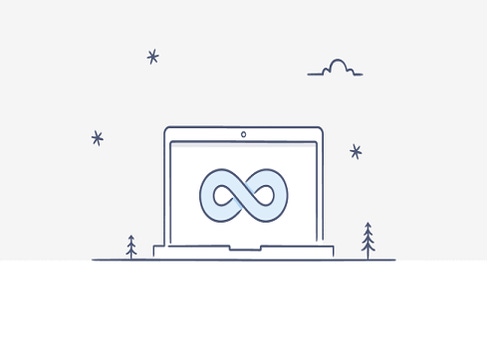Dropbox Infinite Looks To Solve Local Storage Issue
At Dropbox Open London, the company showed off Project Infinite, which has been in limited tests. The feature gives users desktop access to terabytes of data, even from devices with a thumb drive's worth of storage.


8 Ways Cloud Storage Delivers Business Value
8 Ways Cloud Storage Delivers Business Value (Click image for larger view and slideshow.)
At Dropbox Open London on April 26, the cloud-collaboration company publically introduced Project Infinite, a feature it has been testing out with select customers. The new offering provides access to all of an enterprise's files, from any desktop, regardless of its hard drive size.
Dropbox is touting it as ultimate access meets ultimate convenience.
"Project Infinite works everywhere. It's cross-platform and backward-compatible, just like Dropbox," the company says in demo video shared by The Verge.
"You don't have to switch to Windows. You don't have to upgrade your OS -- you don't have to upgrade anything," according to the video. "We adapt to you. Get to everything, collaborate with anyone. Infinite visibility and access, without the storage constraints of a local device. It's all there, all in one place, right from your desktop."
When a user views his or her documents, files synched locally will feature the green checkmark familiar to Dropbox users. Everything else will have a small cloud icon beside it -- it's visible on the desktop but taking up no local space.
To open a file, just click and it syncs in seconds. Know you're headed for a WiFi dead zone? You can right-click a document and choose Save Local Copy.

Learn to integrate the cloud into legacy systems and new initiatives. Attend the Cloud Connect Track at Interop Las Vegas, May 2-6. Register now!
The demo video shows a user with access to 10TB of company data, with a local footprint of 28MB.
"One of the things we've heard from very small to very large customers is that they want to move more of their company content, the files that matter to the organization, into Dropbox," Dropbox Pro head of product Robert Baesman told The Australian.
For example, Dropbox users at News Corp, said Baesman, need access to multiple terabytes of data that "just doesn't fit on, say, your MacBook Air."
The feature is similar to the "placeholder files" capability Microsoft offered early on with OneDrive, but then eliminated in a Windows 10 update.
Even more than convenience, security remains the ultimate ongoing challenge for cloud-storage solutions.
In 2012, Dropbox launched two-factor authentication (2FA), and as of this February, 1.5 million Dropbox users — or, 1% of all Dropbox users — were taking this extra step.
"We are committed to raising the percentage of 2FA enrolled users," the company wrote in a Feb. 11 blog post. It also recommended deploying single sign-on (SSO) based on the Security Assertion Markup Language (SAML) standard and choosing strong, unique passwords. The user's password -- not Dropbox infrastructure or applications -- is the most common first point of attack, it added.
A breakout session, scheduled for later in the day at Dropbox Open London, will focus on security, and explore "how the cloud platform approach keeps businesses protected [while] giving them the flexibility they need to thrive," said an agenda.
[Editor's note: This article has been updated to reflect Dropbox's original launch time for two-factor authentication, and the current plans for it.]

Read more about:
2016About the Author(s)
You May Also Like
How to Amplify DevOps with DevSecOps
May 22, 2024Generative AI: Use Cases and Risks in 2024
May 29, 2024Smart Service Management
June 4, 2024







